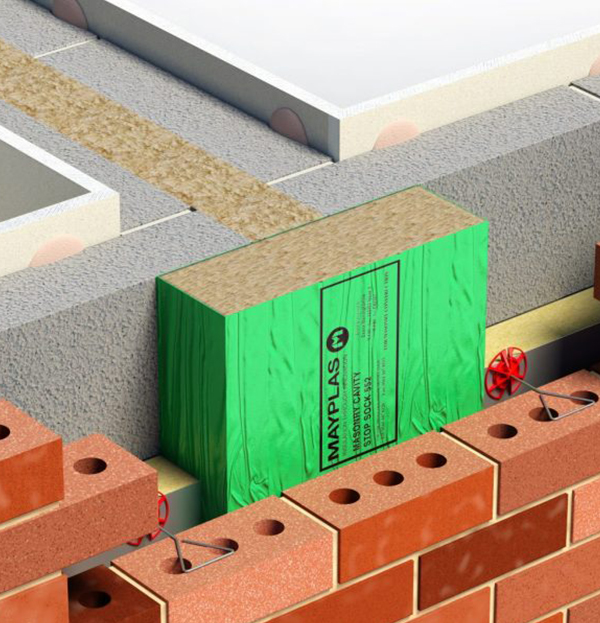Fire safety is a crucial aspect of building design and construction, and one area that requires special attention is the party wall. This article will explore the role of passive fire protection in party wall fire safety and discuss its importance in protecting lives and property.
What is Passive Fire Protection?
Passive fire protection refers to the use of fire-resistant materials and structural components to prevent the spread of fire, smoke, and toxic gases. Fire containment is an important part of fire prevention. It involves controlling the spread of a fire to help minimize the damage it causes. It can be done in several ways, from using fire doors and walls to blocking entrances with fire-retardant materials. Fire containment also includes the use of fire extinguishers and fire suppression systems.

The Importance of Passive Fire Protection in Party Walls
Party walls are particularly vulnerable to fire spread due to their shared nature. If a fire breaks out in one building, it can quickly spread through the party wall to the adjoining building.
Meeting Fire Safety Regulations
Passive fire protection measures in party walls are not only essential for the safety of the occupants but also for compliance with fire safety regulations.
The Role of Passive Fire Protection in Party Wall Fire Safety
The role of passive fire protection in party wall fire safety is to prevent the spread of fire and smoke between adjoining buildings.
In Conclusion
Passive fire protection plays a vital role in party wall fire safety. By implementing fire-resistant barriers and fire-stopping measures, party walls can effectively prevent the spread of fire and smoke between adjoining buildings.
/cdn.vox-cdn.com/uploads/chorus_image/image/51867435/Eli_Preferred_Headshot.0.jpeg)